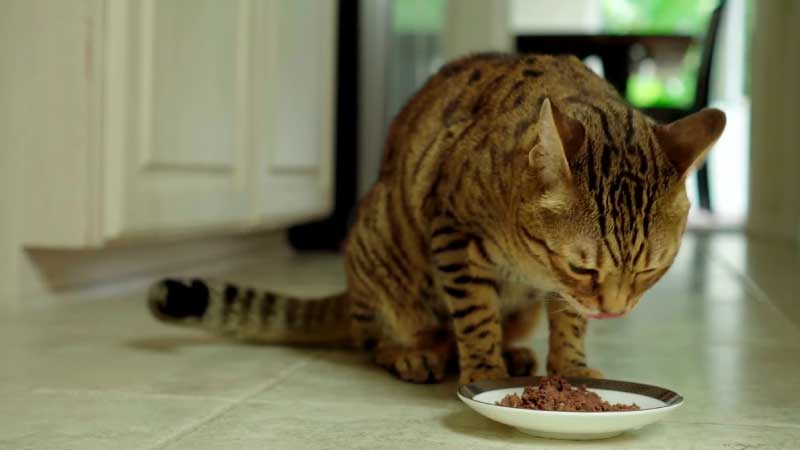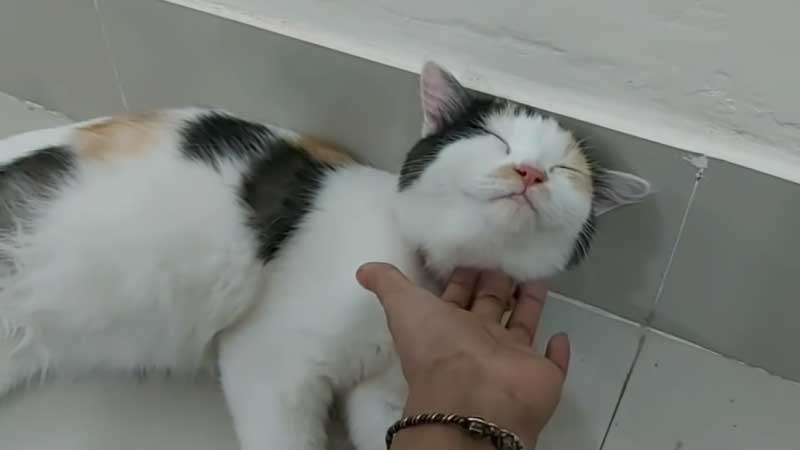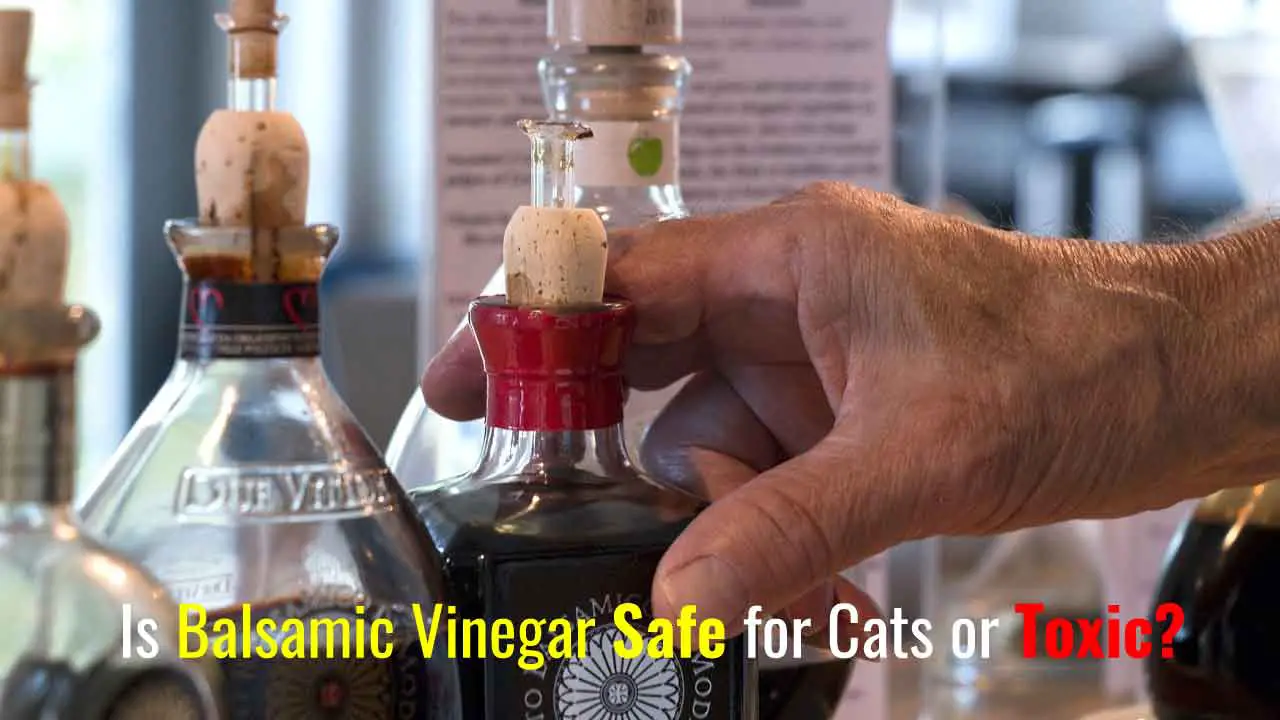So, your cat has suddenly turned into a food critic, pushing away the wet cat food but munching happily on the dry stuff? That’s why now you’re scratching your head, wondering, “What’s up with that? Why has my cat stopped eating wet food but will eat dry?”
Various reasons might explain this behavior, ranging from taste and texture preferences to staleness or spoilage of the wet food, dental or oral issues, dietary sensitivities, or negative associations due to a previous illness.
Don’t worry, fellow cat parent; you’re not alone in this feline food mystery. Many cats occasionally swap their preferences, leaving us baffled. Do you want to know more in detail about this sudden switch from moist to crunchy? Let’s unravel this cat food dilemma together and see if we can make mealtime purr-fect again!
Let’s First Understand the Cat Dietary Preferences: Dry Cat Food vs Wet Cat Food

It is essential to first know the cat’s dietary preferences. Both dry and wet cat foods have their pros and cons. It’s essential to consider your cat’s unique needs, preferences, and health conditions when choosing the right diet. However, let’s see the comparison table, which can help you understand more detail about both foods and which factors are playing a key role in these dietary changes in your cat.
| Key Features | Dry Food (Kibble) | Wet Food (Canned or Pouched) |
| Composition | Typically, it consists of meat proteins combined with grains or vegetables, then baked or extruded to remove moisture. | Primarily meat-based with added gravies, sauces, or gels, it contains about 70-80% moisture. |
| Shelf Life and Storage | Has a long shelf life when unopened. Once opened, it can be stored in a cool, dry place for several weeks. | It should be refrigerated once opened and consumed within 2 to 3 days. |
| Texture and Palatability | Crunchy texture, which some cats enjoy and can help reduce tartar buildup on teeth. | Varies from pâté to chunks in gravy, is often more aromatic, and can be more enticing to some cats. |
| Hydration | Contains minimal moisture, so cats eating only dry food need access to plenty of fresh water. | Its high moisture content helps with hydration, which is especially beneficial for cats that don’t drink water frequently. |
| Nutritional Profile | Often has a higher carbohydrate content due to the grains or fillers used. | It might be more expensive and requires more frequent shopping due to its shorter shelf life after opening. |
| Cost and Convenience | Generally more cost-effective and convenient for owners, especially for free feeding. | It might be more expensive and require more frequent shopping due to its shorter shelf life after opening. |
| Dental Health | The crunchiness can help in scraping off some tartar from the teeth, although it’s not a replacement for dental care. | It doesn’t offer the same abrasive action, but it also doesn’t stick to teeth like some dry foods might. |
Why Cat Stopped Eating Wet Food But Will Eat Dry: Most Common Reasons

It can be confusing and concerning for cat owners when their feline friends suddenly refuse to eat their once-favorite wet food. Various factors, ranging from health-related issues to simple taste preferences, could be responsible. Here’s a deeper look at the common reasons why cats might suddenly turn their nose up at wet food:
Taste and texture preferences:
Cats are known to be particular about what they eat. Sometimes, a subtle change in a food brand’s formula or a switch to a different flavor can lead to rejection. Additionally, the texture of wet food, whether it’s chunks, shreds, or pâté, can influence a cat’s willingness to eat it.
Freshness concerns: Spoilage or stale wet food:
Unlike dry kibble, wet food has a short shelf-life once opened. If left out for extended periods, especially in warmer temperatures, it can become unpalatable or even spoil. Cats have a keen sense of smell and can detect when something’s off, leading them to reject the food.
Dental issues or oral discomfort:
Wet food’s soft texture may seem easy for cats to eat, but those suffering from dental problems or gum diseases might experience discomfort. Conditions like gingivitis, tooth resorption, or oral injuries can make chewing or consuming wet food painful, leading cats to opt for kibble, which might be easier to swallow whole.
Dietary sensitivities or allergies:
Just like humans, cats can develop sensitivities or allergies to certain ingredients. If a cat starts associating stomach discomfort or allergic reactions with a particular type of wet food, it might begin to avoid it altogether.
Negative association due to previous illness:
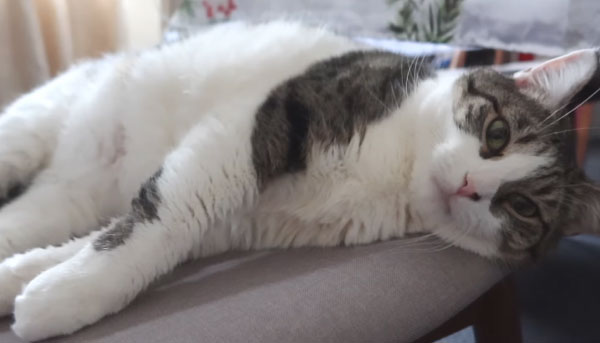
Cats have a knack for forming associations between their food and experiences. If a cat consumes a specific type of wet food and subsequently feels sick, even if the illness isn’t related to the food, it might associate that particular food with the feeling of being unwell, leading them to avoid it in the future.
Read More: Is Blue Buffalo Cat Food Killing Cats? Should You Switch?
How to Get Finicky Cat to Eat Wet Food: Tips for Encouraging Your Cat to Eat Wet Food Again
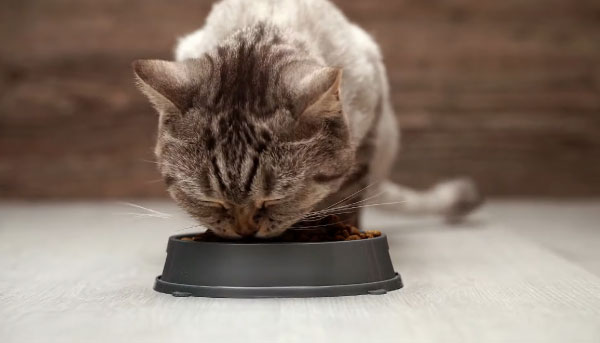
If your feline has suddenly developed a dislike for wet food, there are several strategies you can employ to help them rekindle their love for it:
Mixing wet and dry food gradually:
Introducing your cat to wet food can be a gentle process. Start by mixing a small amount of wet food into their dry kibble. Over time, gradually increase the wet food portion while decreasing the dry kibble. This slow introduction can help your cat adjust to the taste and texture of wet food again.
Experimenting with different flavors and textures:
Cats can be finicky about food choices. Try offering various flavors or brands of wet food. Rotating between chicken, fish, beef, or other protein sources might pique their interest. Also, consider switching between pâté, chunks, or shreds to determine their preferred texture.
Ensuring wet food is served at an appealing temperature:
Cold food directly from the refrigerator can be off-putting for some cats. Warm the food slightly (but not too hot) to bring out its aroma, making it more enticing. Always ensure the food is at a safe temperature before serving.
Using hunger stimulants or broths:
Adding a little chicken broth (make sure it’s onion- and garlic-free) or a specially designed cat food topper can make wet food more appealing. If your cat continues to reject food, consult your vet about appetite stimulants.
Consulting with a veterinarian:
If your efforts don’t yield results, it’s crucial to involve a professional. A veterinarian can offer insights into potential health issues affecting your cat’s appetite or provide recommendations on high-quality, palatable wet foods suitable for your cat.
You may also like: Can Wet Food Cause Diarrhea in Cats
Frequently Asked Questions (FAQs)
Is it okay if my cat only wants to eat dry food?
While dry food can be part of a balanced diet, it’s essential to ensure that your cat gets enough moisture and the right nutrients. Wet food tends to have a higher protein content and helps with hydration, so consider consulting a vet to find a balanced dietary plan for your cat.
How can I switch my cat back to eating wet food?
Gradually mix wet food into their dry kibble, slowly increasing the wet food portion over time. Experimenting with different flavors and textures, warming the food slightly, or adding broths can also make wet food more enticing.
Can dental problems cause a cat to avoid wet food?
Sure, dental issues, gum diseases, or oral injuries can make it painful for cats to consume wet food. If you suspect dental problems, consult with your veterinarian for an examination and possible treatment.
Does the temperature of wet food matter?
The short answer is yes! Cats often prefer food that’s closer to their body temperature. Cold food right out of the fridge might be less appealing. Consider warming it slightly (ensuring it’s not too hot) to bring out its aroma and make it more palatable.
How long can I leave wet food out for my cat?
It’s best not to leave wet food out for more than 2 hours, especially in warmer environments. After this, the food might become stale or even start to spoil, making it less appealing or even unsafe for cats.
Should I be worried if my cat refuses to eat both wet and dry food?
If your cat refuses to eat altogether, it’s a cause for concern. It could be indicative of underlying health issues. It’s essential to consult with a veterinarian if your cat stops eating for more than 24 hours.
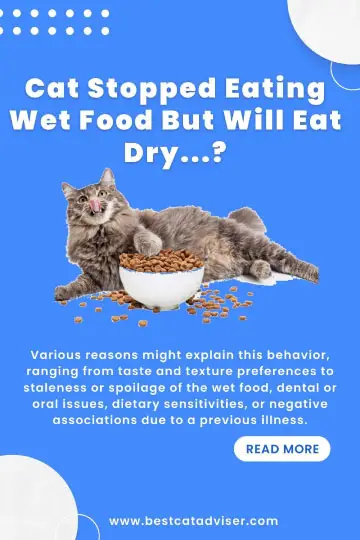
Final Verdict
Alright, cat whisperers, here’s the scoop: While cats can be delightfully unpredictable, there’s usually rhyme and reason to their quirks. If your cat is now all about the kibble life and giving the cold shoulder to wet food, it could be due to a range of factors, from flavor fatigue to dental woes.
The key takeaway? Keep an eye on their overall health, stay flexible, and remember that a mix of wet and dry might just be the perfect solution.

